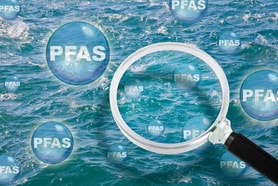Autonomous vehicles, drone deliveries and cost of delivery
The idea of autonomous vehicles (AV) coming to some measure of practical maturity has been fascinating to observe. Six levels of driving automation have been defined, and are essentially the range of combinations that include: nothing, hands-on, hands-off, eyes-off, mind-off, and steering wheel optional. Some might argue that ‘mind-off’ driving was in existence long before cruise control, which begs the question: why the strong interest in AV development?
Motorist safety, increased productivity, and costs of transportation are a few among several of the arguments for autonomous vehicles. A US Department of Transportation study suggests up to 30,000 lives could be saved annually with AV technologies; Morgan Stanley estimated $507bn would be contributed to the economy since occupants could be productive during their commute rather than driving; and, overland trucking and other transportation services relying on human drivers would reduce the cost of delivery since the costs associated with human drivers could be eliminated.
While we can expect it to be some time before we see packaged gases delivered autonomously, one thing is clear when filtering through the conversations around AV: the costs associated with transportation – and deliveries – are being heavily scrutinized for the purposes of process improvement and reducing costs. Modern systems are collecting huge amounts of data, and smart operations are examining the data to improve practices and processes that have already made a significant impact to the bottom line for those willing to invest.
Is a penny saved, a penny earned? I recently witnessed the installation of an integrated delivery platform that examined several of the processes that include staging an order for delivery through collecting the AR after the delivery had been completed. The platform was capable of optimizing the right orders to the right trucks; mapping routes to enable the shortest distances between deliveries; using smart phones to electronically scan the products delivered, capture signatures, and update documents in a paperless electronic workflow; and finally, charge the customer’s credit card for all charges related to the transaction. The distributor was getting more done with less, and the accumulation of savings was staggering.
... to continue reading you must be subscribed























